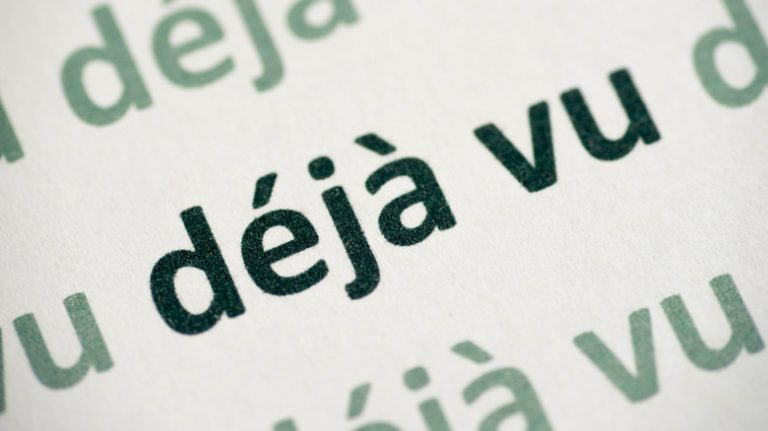If you’ve ever had a panic attack, you know the real fear that they involve. Symptoms can be so intense that you might think you’re having a heart attack or even dying, according to the Mayo Clinic. While you can’t die from a panic attack, it’s useful to know the warning signs so you can become aware of it as soon as possible.
Panic attacks can come on anywhere at any time, even if you’re not feeling particularly anxious, notes Mayo Clinic. They typically come on quickly and suddenly, peaking within minutes. Symptoms can include a sense of impending doom and worry, rapid heart rate, shortness of breath, chest pain, dizziness, and a feeling of detachment. Genetics, major stress or trauma, a sensitive temperament, and brain function changes can play a role in your susceptibility to attacks.
Approximately 11% of American adults will experience a panic attack in any given year, but if you have recurrent attacks or spend a lot of time in fear of another one, you may have panic disorder, which affects 2-3% of the population (via Cleveland Clinic). Knowing what to expect can help you to manage your symptoms and prevent them from becoming too severe.
Watch for this warning sign

One of the primary symptoms of a panic attack is shaking or trembling, according to Verywell Health. Your hands or fingers might start to shake uncontrollably, making it hard to do simple things like write with a pen or use your phone. The trembling might eventually spread to your entire body, making it feel difficult even to stand. This can happen when your body is in “fight or flight” mode, which happens when your sympathetic nervous system is overly triggered. As your body prepares to “take flight,” the muscles can become tense, leading to twitches and tremors.
In order for an episode to be designated as a panic attack, it has to have at least four of the common symptoms associated with panic attacks, according to Verywell Health. In addition to trembling and shaking, frequent symptoms include hyperventilating, heart palpitations, nausea, chills or hot flashes, sweating, numbness and tingling, and dizziness. If you think you may be experiencing panic attacks or are in fear of experiencing more, talk to your doctor about treatment options.

